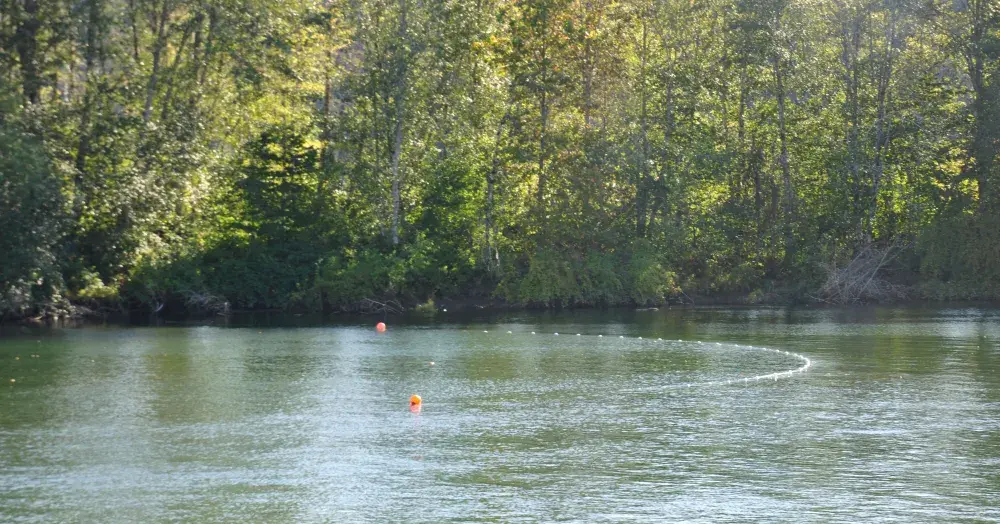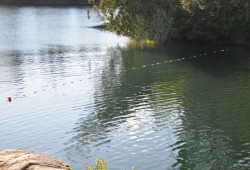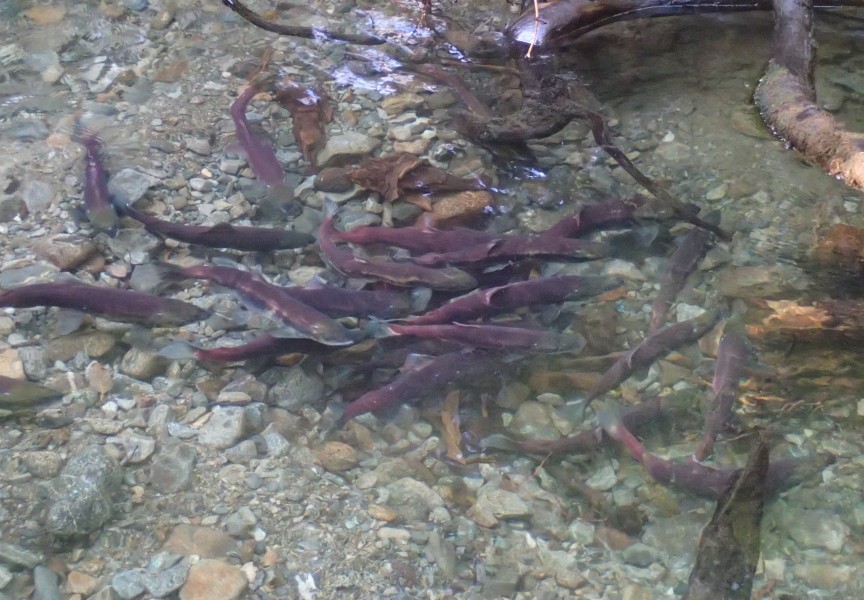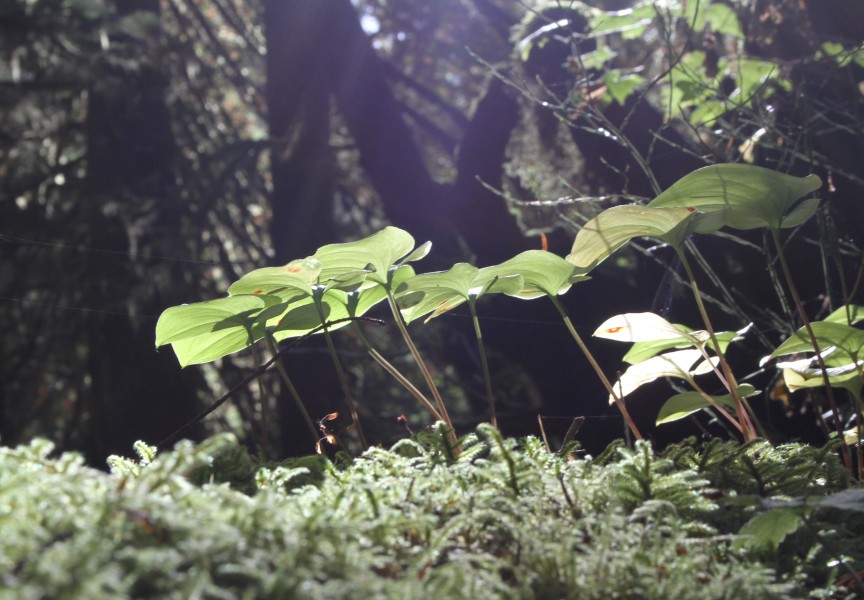While a crisp air greets the Alberni Valley marking the beginning of autumn, chinook, sockeye and coho salmon continue their annual migration up the Somass River. But this season has been “an interesting year” for fisheries, with commercial, sports, recreational, and First Nations fishing less chinook than what’s been expected.
“The fishing season has been a little bit of a grind this year,” said Nasimius, Ed Ross, a Tseshaht elected councillor and fishermen, noting that though the chinook season was anticipated to be good this year, they’ve been hard to catch.
“The chinook started coming, and they started coming pretty quick and hard,” he said. “There [were] a few guys that did really well with the fishery and then we had that cold spell, so the fish were kind of just shooting through.”
“All of a sudden they kind of stopped coming in really thick,” said Ross.
“It’s been an interesting year, for sure,” said Graham Murrell, fisheries manager and biologist for the Hupačasath First Nation. “We started with pretty high expectations.”
Murrell echoed Ross, sharing with Ha-Shilth-Sa, that it’s likely that chinook made their way up the Somass in August with the cooler weather conditions, despite typically pooling up in the Inlet.
“We haven’t seen a large aggregation of fish anywhere, really, up the Inlet,” said Murrell. “Maybe they've gotten smarter, and they know how to avoid fisheries.”
“I think they've also been fairly deep,” Murrell noted.
“They want 18,000 up top and we got [10,509] so far,” said Ross of the Robertson Creek Hatchery escapement numbers. “It's showing us that there [aren't] a lot of chinook out there right now, because the coho and sockeye are all in there right now.”
Ross hopes that the chinook have been temporarily pushed out due to the high numbers of sockeye in the Alberni Inlet.
According to the most recent Robertson Creek Hatchery Chinook Bulletin, the “pre-season management forecast” for Chinook was 125,000, and the “in-season reforecast” is reported as 110,000 of the salmon species.
As of the Sept. 12, the publication date of the latest bulletin, the total chinook catch estimate stood at 54,330 with Chinook Escapement at 10,509.
The report goes on to share that the chinook catch estimate for this season among Tseshaht and Hupačasath sits at 24,583, Area D gillnet with 8,623, recreational with 10,620, Maa-nulth First Nations with 1,058, Area B seine with 8,463, and a test boat has caught 983 chinook.
“It's scary, because the sport fishery didn't do very good, the commercial guys haven't done good - I mean, usually they catch their quota pretty quickly, but they still have 14,000 left on their TAC, and that's a total allowable catch,” said Ross.
But for Ross, it’s most important to have good escapement numbers of salmon making their way down the river system to procreate.
“Those escapement numbers are important because it ensures that we will have chinook four years from now,” said Ross. “If we don't get those numbers up there… we won't get the abundance that we've been getting of chinook.”
“I think a vast majority of them went by already,” he added. “But I hope I'm wrong… it's about the escapement, it’s about getting our fish up there in the bank.”
Murrell shared that Chinook typically run through the Somass between mid-August through to mid-October and that final escapement numbers won’t be determined until then.
“We won't know what number we've hit until all our escapement gets through, which won't be [until] October,” he said, adding that though fish have been harder to catch, escapement has been doing well. “We’re ahead of the game on escapement.”
“Chinook is harder,” said Murrell. “A lot of uncertainties until we actually get the fish through the tunnels and through counters.”
Ross said that the fisheries allow Tseshaht fishers to secure their “financial needs throughout the year.”
“This year might be a little bit of a struggle,” he added.
“[Chinook are] so big that you can get a lot out of them, right from dried upskwii to salmon steaks,” said Ross. “It fills your freezer really fast.”
“The fishery is a real life force for our people,” said Ross. “They bring us together.”










